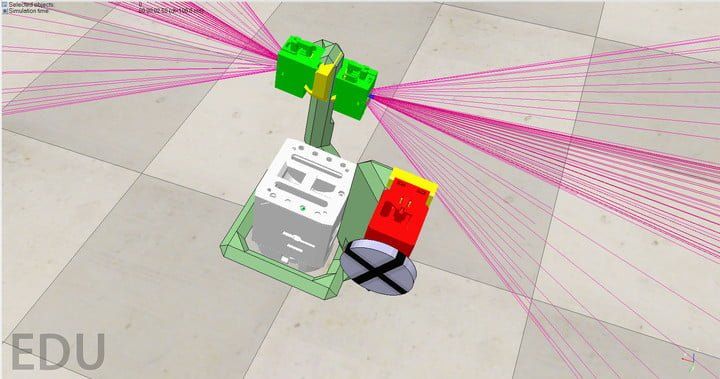Evolving, self-replicating robots are here — but don’t worry about an uprising
digitaltrends • 17 April 2021
“We are trying to, if you like, invent a completely new way of designing robots that doesn’t require humans to actually do the designing,” said Alan Winfield. “We’re developing the machine or robot equivalent of artificial selection in the way that farmers have been doing for not just centuries, but for millennia … What we’re interested in is breeding robots. I mean that literally.”
Winfield, who has been working with software and robotic systems since the early 1980s, is a professor of Cognitive Robotics in the Bristol Robotics Lab at the University of the West of England (UWE). He’s also one of the brains behind the Autonomous Robot Evolution (ARE) project, a multiyear effort carried out by UWE, the University of York, Edinburgh Napier University, and University of Amsterdam. It will, its creators hope, change the way that robots are designed and built. And it’s all thanks to borrowing a page from evolutionary biology.
Welcome to the EvoSphere
Mimicking evolutionary processes through software is a concept that has been explored at least as far back as the 1940s, the same decade in which ENIAC, a 32-ton colossus that was the world’s first programmable, general-purpose electronic digital computer, was fired up for the first time. In the latter years of that decade, the mathematician John von Neumann suggested that an artificial machine might be built that was able to self-replicate — meaning that it would create copies of itself, which could then create more copies.
Von Neumann’s concept, which predated artificial intelligence by more than half a decade, was revolutionary. It sparked interest in the field that has come to be known as Artificial Life, or ALife, a combination of computer science and biochemistry that attempts to simulate natural life and evolution through the use of computer simulations....
Read the full entry here


